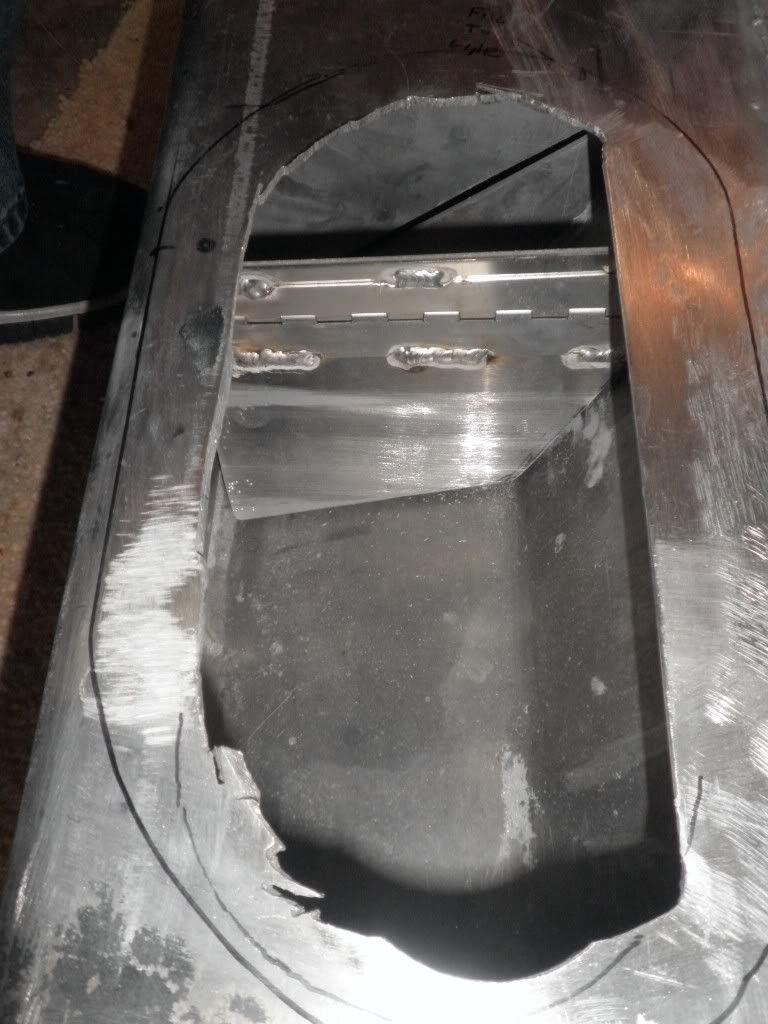With sloshing the major culprit many have tried to cut down on it happening. This is accomplished with gated baffles around the fuel pickup to try and sequester enough fuel until forces occur to bring the fuel back to that area. In the pic below, I have two systems at work.

Here you see the gated baffle that swings open when fuel is shifted to the rear. It closes and tries to hold the fuel near the pickup(hidden under the front portion of the pic). The second system is the array of narrow slit baffles that slows down the transfer of fuel from one chamber to the next and cancels out the "wave" effect. All in an effort to keep the fuel level near the same in all the chambers while driving forces try to shift it from front to rear and vice versa.
Bill

Here you see the gated baffle that swings open when fuel is shifted to the rear. It closes and tries to hold the fuel near the pickup(hidden under the front portion of the pic). The second system is the array of narrow slit baffles that slows down the transfer of fuel from one chamber to the next and cancels out the "wave" effect. All in an effort to keep the fuel level near the same in all the chambers while driving forces try to shift it from front to rear and vice versa.
Bill
